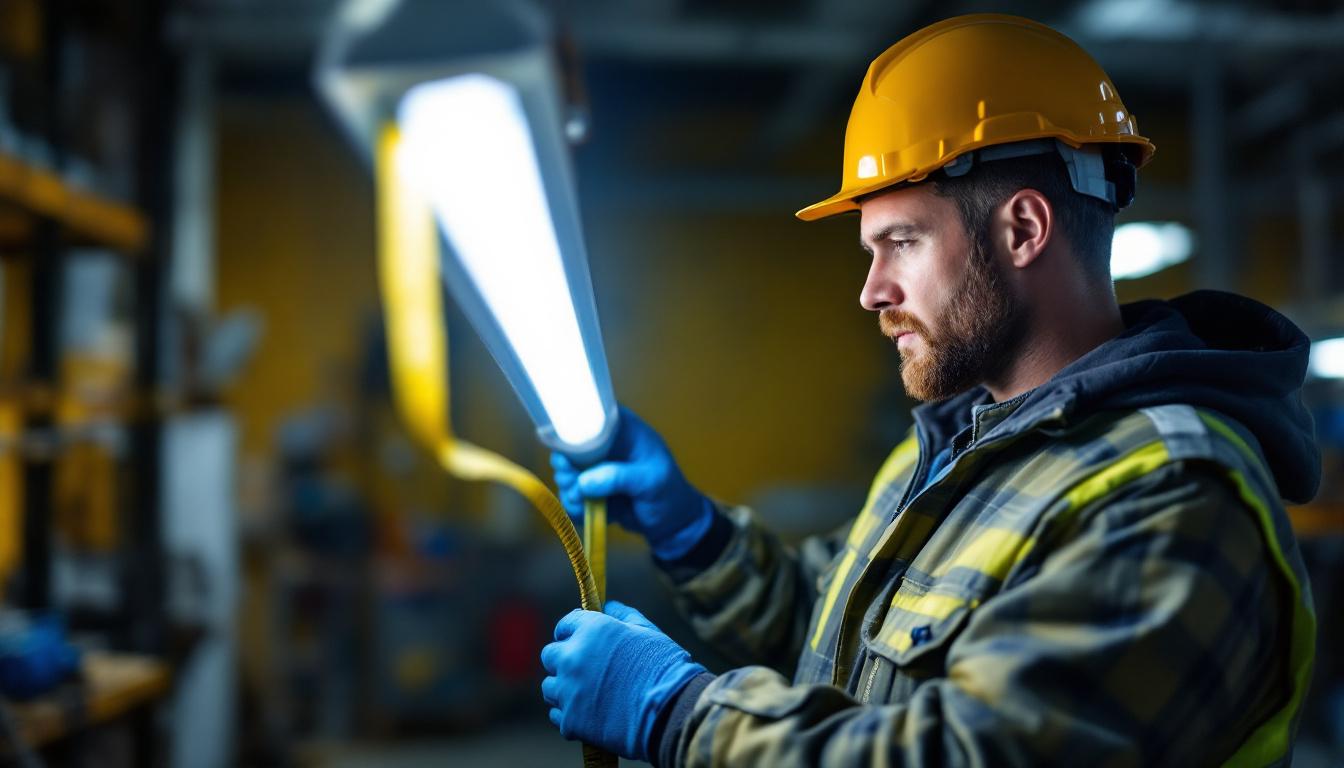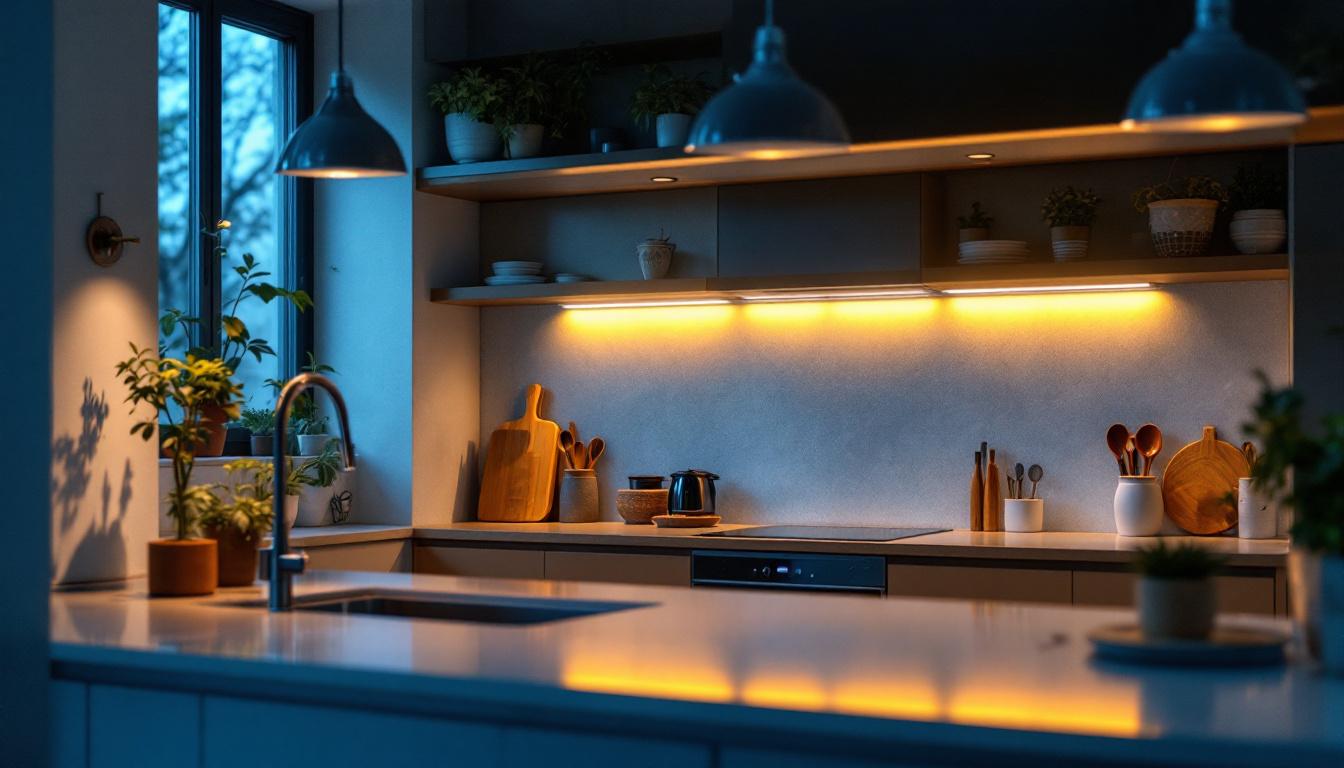
Effective lighting is a critical component in the design and functionality of commercial garages. It not only enhances visibility but also contributes to safety, efficiency, and overall aesthetics. For lighting contractors, understanding the best practices in commercial garage lighting is essential to meet client expectations and comply with regulations. This article delves into the best practices, considerations, and innovative solutions that lighting contractors should keep in mind when designing and installing lighting systems in commercial garages.
Proper lighting in commercial garages is crucial for several reasons. It affects not only the safety of the environment but also the productivity of workers and the overall experience of customers. A well-lit garage can reduce the risk of accidents, enhance security, and improve the efficiency of operations.
One of the primary functions of garage lighting is to ensure safety. Poorly lit areas can lead to accidents, injuries, and even theft. Adequate lighting helps drivers navigate the space safely, while also deterring criminal activity. Lighting contractors must consider the placement of lights to eliminate dark corners and shadows, which can create hazards. Additionally, the use of motion-sensor lighting can further enhance safety by illuminating areas only when needed, thus conserving energy while ensuring visibility when it matters most. This technology not only reduces electricity costs but also contributes to a more sustainable operation, which is increasingly important in today’s environmentally conscious market.
In a commercial setting, efficiency is key. Adequate lighting allows workers to perform their tasks effectively, whether it’s parking vehicles, conducting maintenance, or managing inventory. Bright, uniform lighting reduces eye strain and fatigue, which can lead to increased productivity. Lighting contractors should aim for a lighting design that maximizes visibility while minimizing glare. Furthermore, the integration of LED technology can provide long-lasting illumination with lower energy consumption, making it a cost-effective solution for businesses. The ability to adjust the intensity of lighting based on the time of day or specific tasks can also optimize the work environment, allowing for a tailored approach that meets the unique needs of each garage operation.
For garages that serve customers, such as auto repair shops or car dealerships, the lighting design plays a significant role in the overall customer experience. Well-lit spaces create a welcoming atmosphere and can enhance the perceived value of services offered. Lighting contractors should work closely with clients to understand their branding and customer engagement goals, ensuring that the lighting aligns with these objectives. Moreover, the strategic use of color temperature can influence customer perceptions; warmer tones may evoke comfort and trust, while cooler tones can convey professionalism and efficiency. By creating an inviting and visually appealing environment, businesses can foster customer loyalty and encourage repeat visits, ultimately driving revenue growth.
When designing a lighting system for a commercial garage, several factors must be taken into account. These considerations will help ensure that the lighting is effective, efficient, and compliant with relevant standards.
The choice of lighting fixtures is one of the most critical decisions in the design process. Common options include LED, fluorescent, and metal halide lights. Each type has its advantages and disadvantages. LED lights, for example, are energy-efficient and have a long lifespan, making them a popular choice for commercial applications. However, contractors must also consider factors such as initial cost, maintenance requirements, and light output. Moreover, the color temperature of the fixtures can impact visibility and mood within the garage; cooler temperatures may enhance alertness, while warmer tones can create a more inviting atmosphere. It’s also essential to assess the fixture’s durability, especially in environments where they may be exposed to harsh chemicals or physical impacts.
Illuminance levels are typically measured in foot-candles or lux, and different areas of a garage may require different lighting levels. For example, areas designated for vehicle repair may need higher illumination than parking areas. Uniformity is also essential; uneven lighting can create shadows and dark spots that compromise safety. Lighting contractors should refer to guidelines such as the Illuminating Engineering Society (IES) recommendations to determine appropriate lighting levels for various tasks. Additionally, the layout of the garage can influence how light is distributed; strategic placement of fixtures can enhance visibility in critical work zones, while also minimizing glare that can distract workers. Conducting a lighting simulation can be a valuable step in visualizing how the light will perform across different areas before installation.
With growing concerns about energy consumption and environmental impact, lighting contractors must prioritize energy-efficient solutions. Utilizing LED technology, incorporating daylighting strategies, and implementing smart lighting controls can significantly reduce energy usage. Additionally, many clients are interested in sustainable practices, so highlighting energy-efficient solutions can enhance the contractor’s value proposition. Beyond just the choice of fixtures, integrating occupancy sensors and timers can optimize energy use by ensuring lights are only on when needed. Furthermore, considering the entire lifecycle of the lighting system, from manufacturing to disposal, can lead to more sustainable choices that align with green building certifications, such as LEED. This holistic approach not only benefits the environment but can also lead to significant cost savings for the client over time.
Once the design has been finalized, the installation phase is crucial for ensuring that the lighting system performs as intended. Adhering to best practices during installation can prevent issues down the line and enhance the longevity of the lighting system.
The height at which lighting fixtures are mounted can significantly impact their effectiveness. Fixtures that are too high may lead to insufficient illumination, while those that are too low can create glare and shadows. Lighting contractors should determine optimal mounting heights based on the type of fixtures used and the specific tasks being performed in the garage.
Effective circuit design is essential for ensuring that the lighting system operates safely and efficiently. Contractors should consider load management to prevent overloading circuits, which can lead to outages and potential hazards. Additionally, implementing separate circuits for different areas can provide flexibility in controlling lighting levels based on usage.
Even the best lighting systems require regular maintenance to ensure optimal performance. Contractors should advise clients on the importance of routine inspections, cleaning fixtures, and replacing burnt-out bulbs promptly. Establishing a maintenance schedule can prolong the lifespan of the lighting system and maintain safety standards.
As technology continues to evolve, new lighting solutions are emerging that can enhance the functionality and efficiency of commercial garages. Lighting contractors should stay informed about these innovations to offer clients the best options available.
Smart lighting controls allow for greater flexibility and efficiency in managing lighting systems. These controls can include motion sensors, timers, and dimmers that adjust lighting levels based on occupancy or time of day. By integrating smart technology, contractors can help clients reduce energy consumption and enhance the overall user experience.
Incorporating natural light into garage spaces can significantly reduce the need for artificial lighting during daylight hours. Skylights, windows, and light tubes can bring in sunlight, creating a more pleasant environment while saving energy. Contractors should assess the feasibility of daylighting solutions during the design phase and educate clients on the benefits.
The color temperature of lighting can influence the perception of space and impact worker productivity. Warmer color temperatures create a cozy atmosphere, while cooler temperatures can enhance alertness and focus. Lighting contractors should consider the specific needs of the garage and its users when selecting color temperatures to ensure the lighting meets both functional and aesthetic requirements.
Adhering to local codes and regulations is a non-negotiable aspect of any lighting project. Lighting contractors must stay informed about the latest standards to ensure compliance and avoid potential legal issues.
Commercial garages are subject to various building codes and safety standards that dictate lighting levels, fixture types, and installation practices. Familiarity with the National Electrical Code (NEC) and local regulations is essential for contractors to ensure that their designs meet all requirements. Non-compliance can lead to costly fines and safety hazards.
Many regions have adopted energy codes that set minimum efficiency standards for lighting systems. Contractors should be aware of these codes and incorporate energy-efficient solutions into their designs to ensure compliance. This not only helps clients save on energy costs but also promotes sustainability within the community.
Accessibility is another critical consideration in commercial garage lighting. Ensuring that lighting systems accommodate individuals with disabilities is essential for compliance with the Americans with Disabilities Act (ADA) and similar regulations. Contractors should consider the placement and type of lighting to create an inclusive environment for all users.
Commercial garage lighting is a multifaceted discipline that requires careful consideration of safety, efficiency, and compliance. By adhering to best practices in design, installation, and maintenance, lighting contractors can deliver high-quality solutions that meet the needs of their clients. Staying informed about innovative technologies and regulatory changes will further enhance a contractor’s ability to provide exceptional service in this evolving field.
Ultimately, the goal is to create well-lit, safe, and efficient environments that enhance the functionality of commercial garages. By prioritizing best practices and embracing new technologies, lighting contractors can play a pivotal role in shaping the future of commercial garage lighting.
Ready to elevate your commercial garage lighting projects with the highest quality fixtures at the best value? Look no further than LumenWholesale, where we provide spec-grade lighting products designed for the discerning contractor. Our commitment to cutting out the middleman means you enjoy unbeatable wholesale prices without sacrificing performance or reliability. With our vast selection, free shipping on bulk orders, and adherence to industry standards, you can confidently meet your clients’ needs while optimizing safety, efficiency, and compliance. Enhance your lighting solutions today by visiting Wholesale Lighting at the Best Value and discover the LumenWholesale difference.

Discover how affordable ceiling fans can boost profitability in lighting installations.

Discover the essential guide for lighting contractors on accurately measuring fluorescent bulb length.

Discover innovative cost-saving strategies for lighting contractors with wall LED lights.

Discover the benefits of under counter halogen light fixtures for energy-efficient lighting.